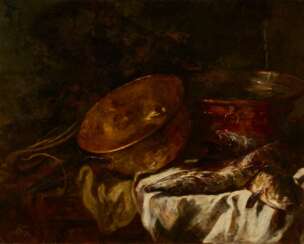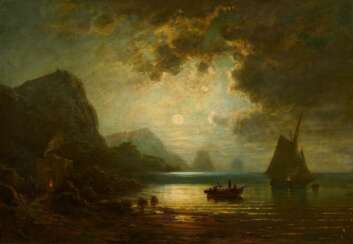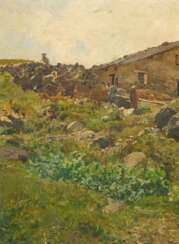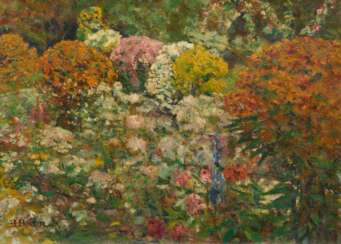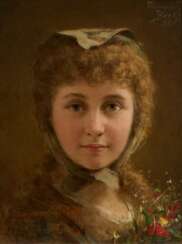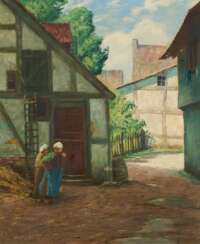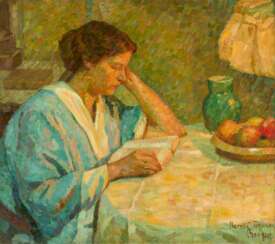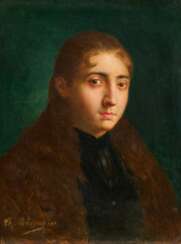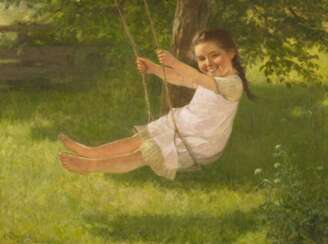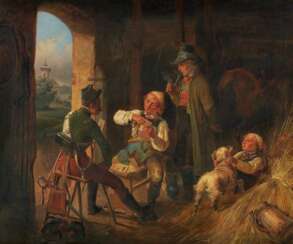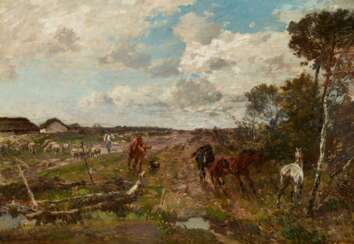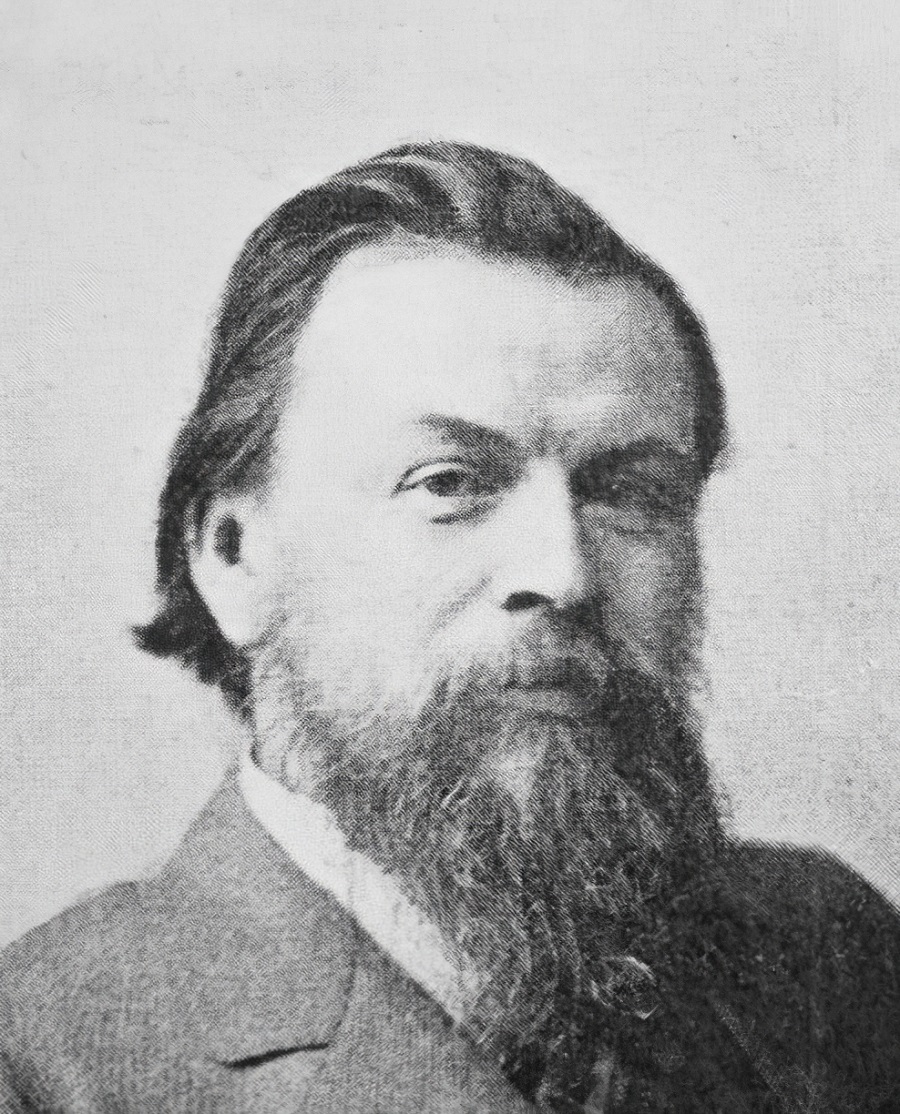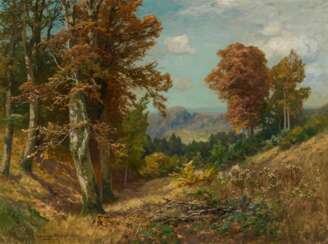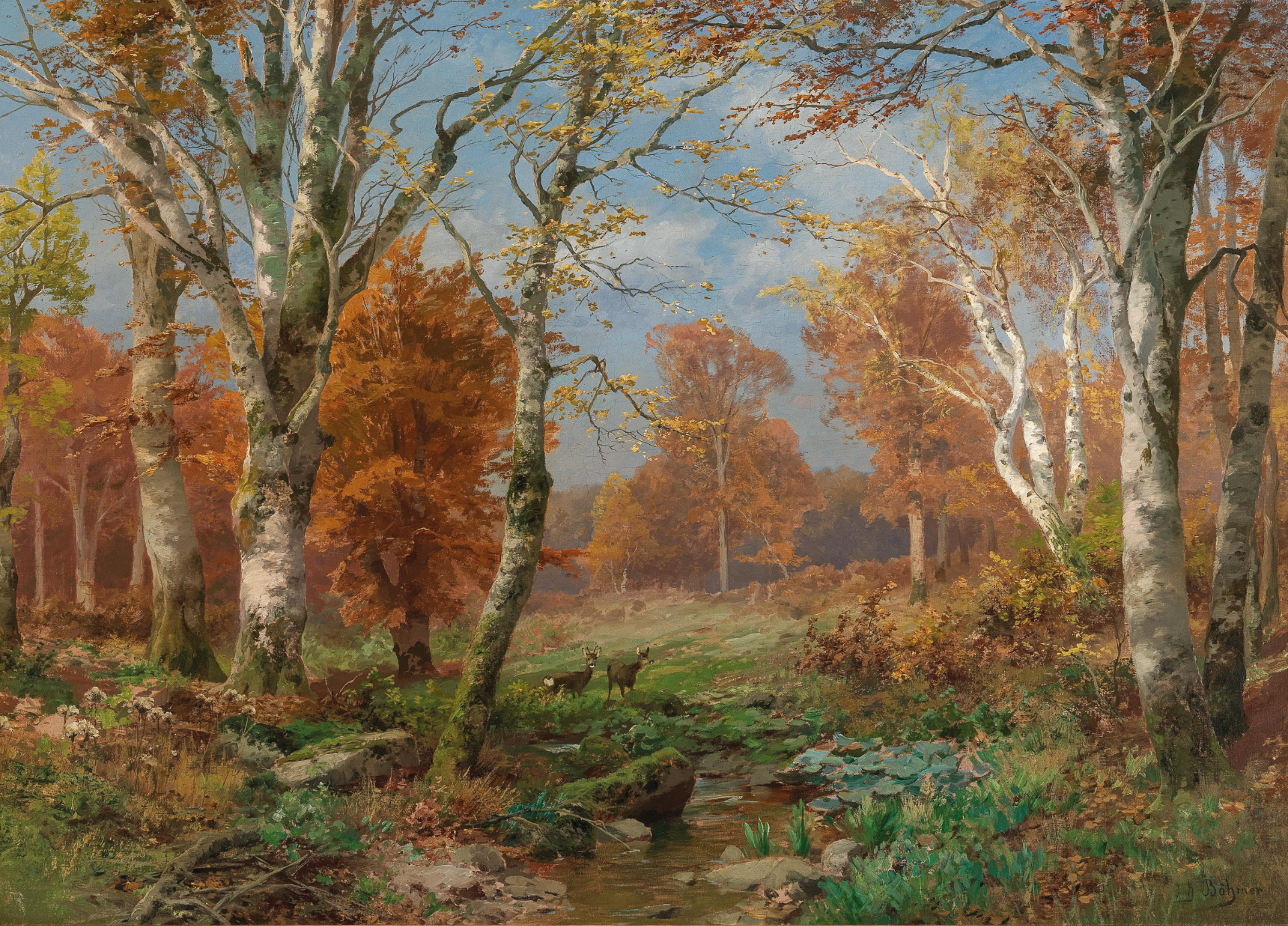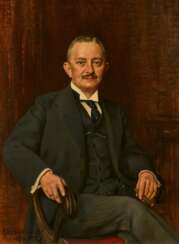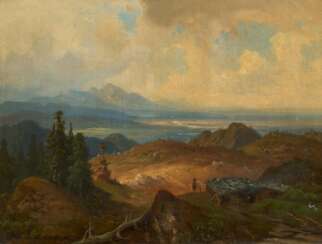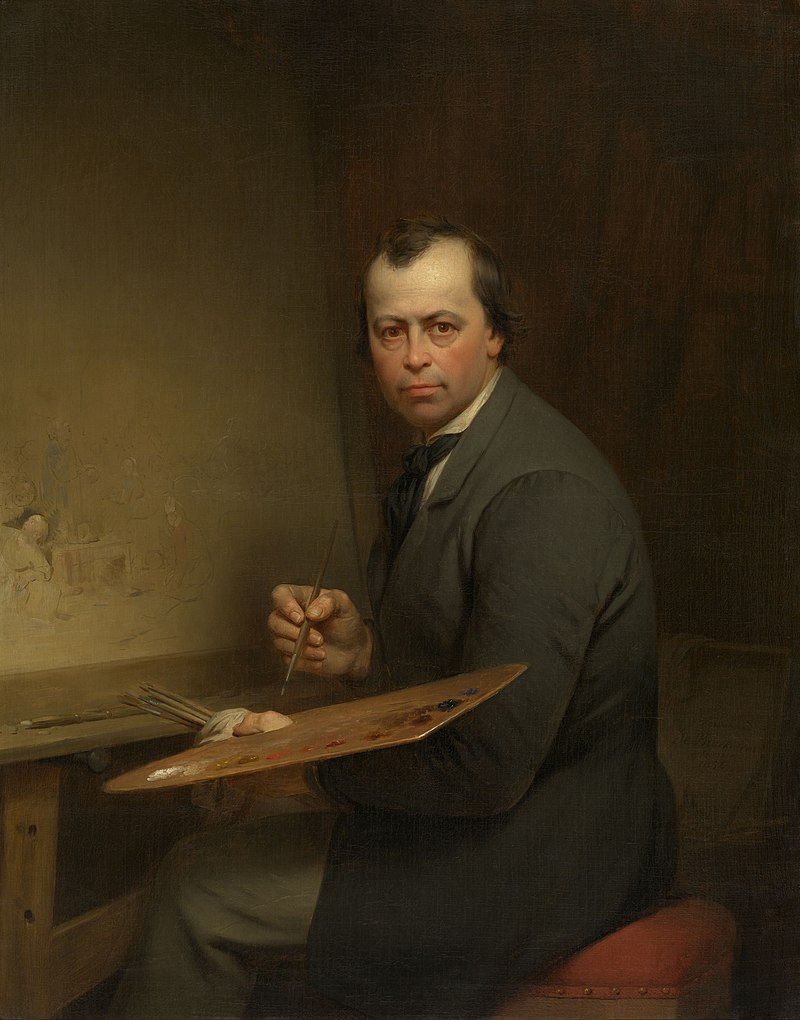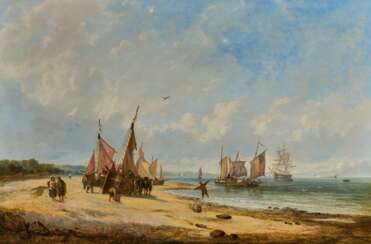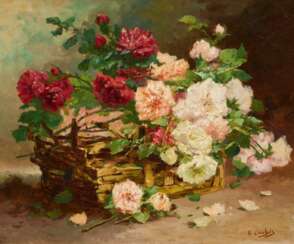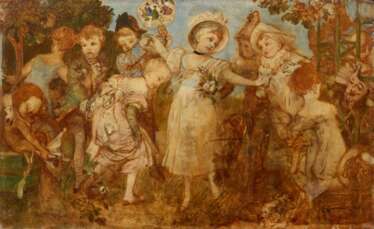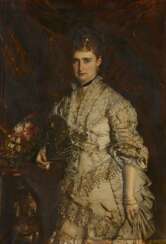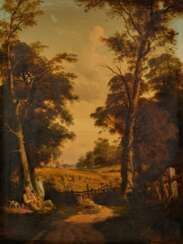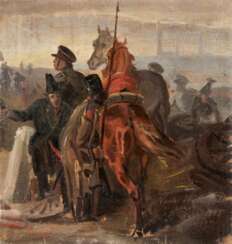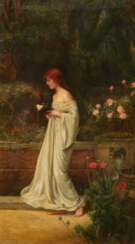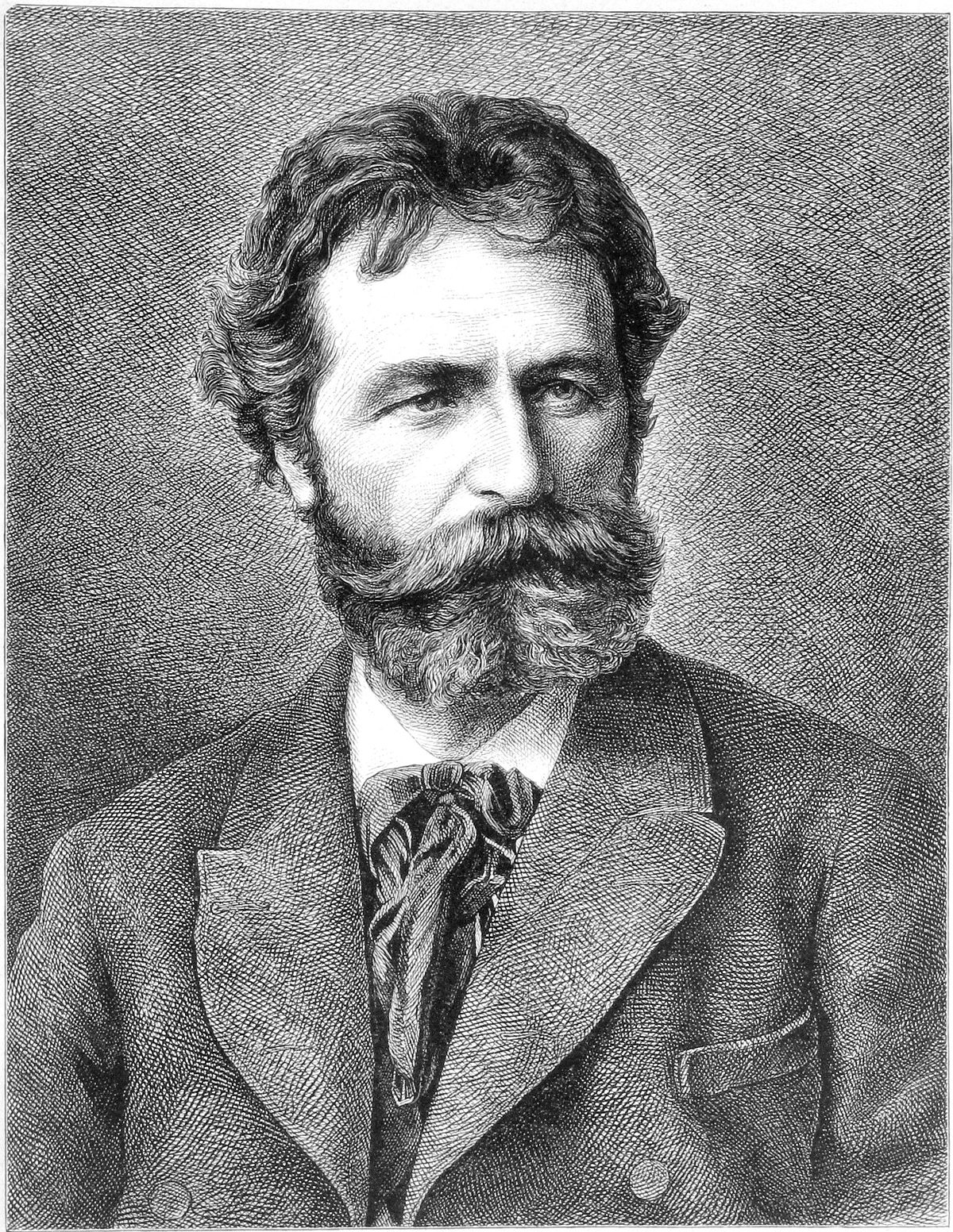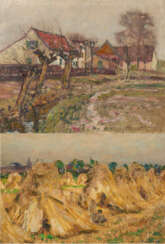
Paintings 19th Century — 496. Auction Art & Interior: Fine Art
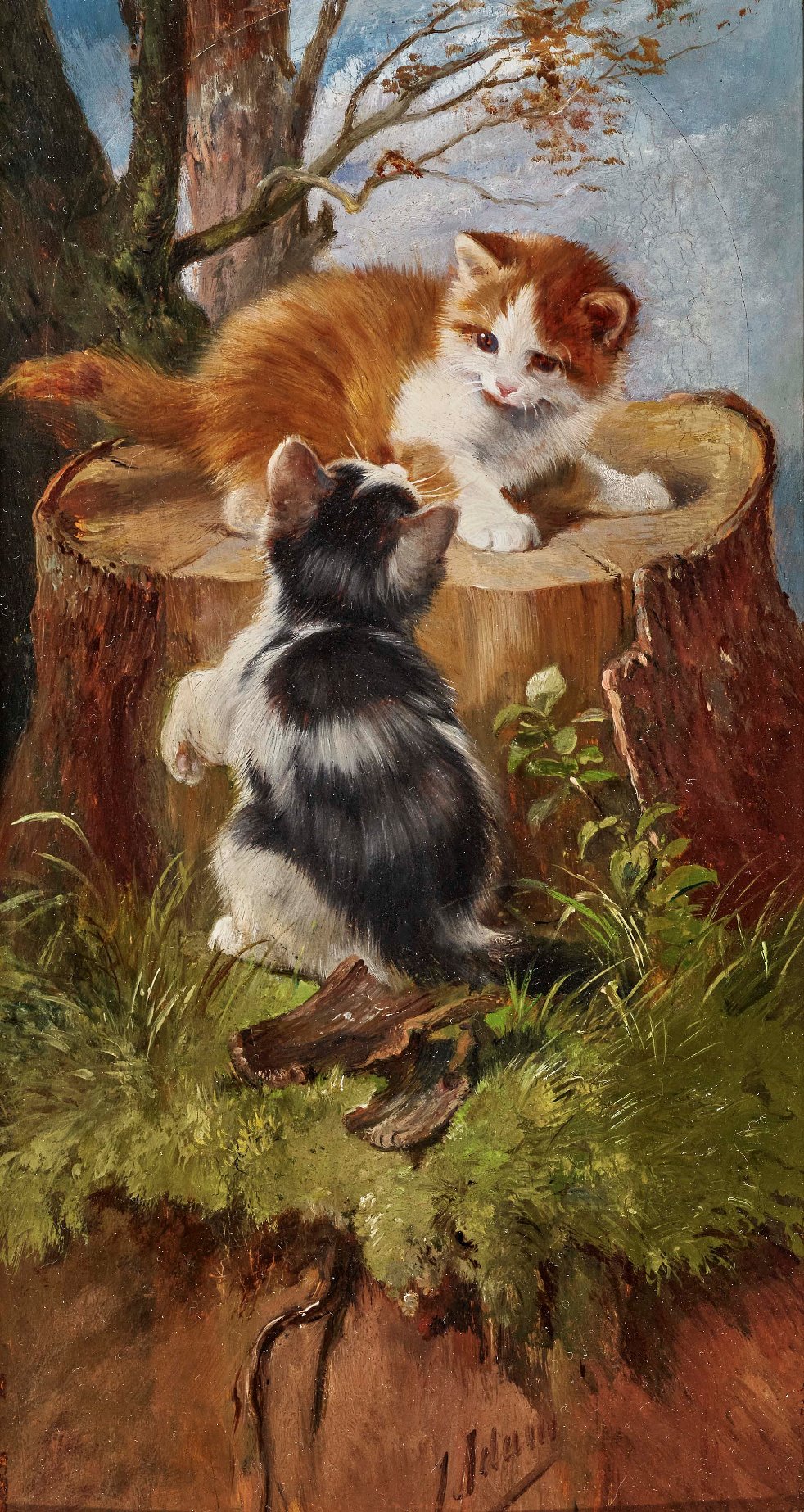
Julius Adam d. J. was a German animal painter who became known primarily for his paintings of kittens, for which he earned the nickname Kittenadam. His father Julius Adam the Elder was a photographer and lithographer.
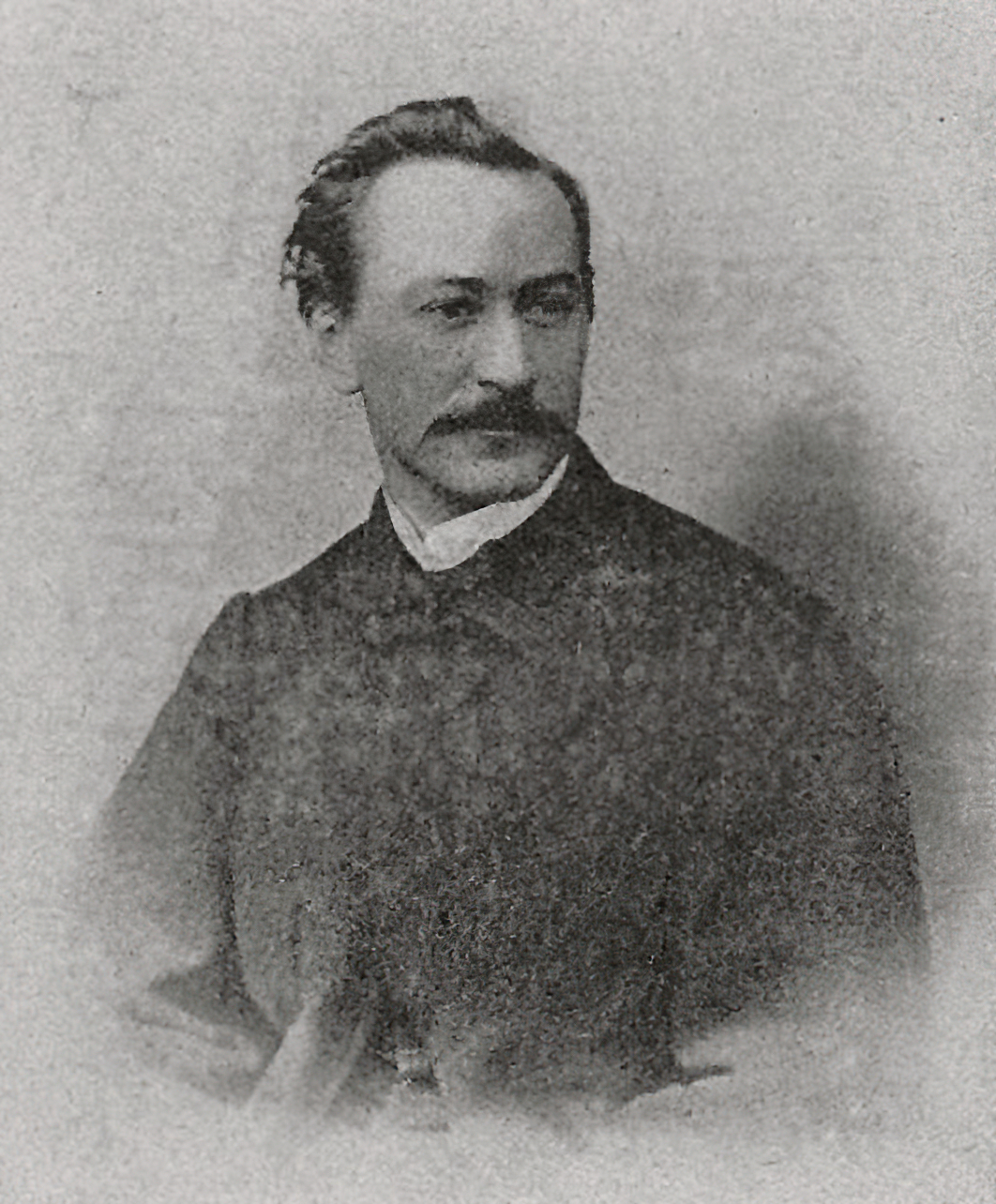
Albert Arnz was a German landscape painter of the Düsseldorf school. He studied painting from 1854 to 1860 at the Dusseldorf Academy of Art, where his two teachers were Andreas and Oswald Achenbach. Arntz painted atmospheric landscapes in Germany, Italy and Switzerland.
Albert Arntz was a member of the Malkasten Art Society and participated in their "living paintings" from 1875 onwards.
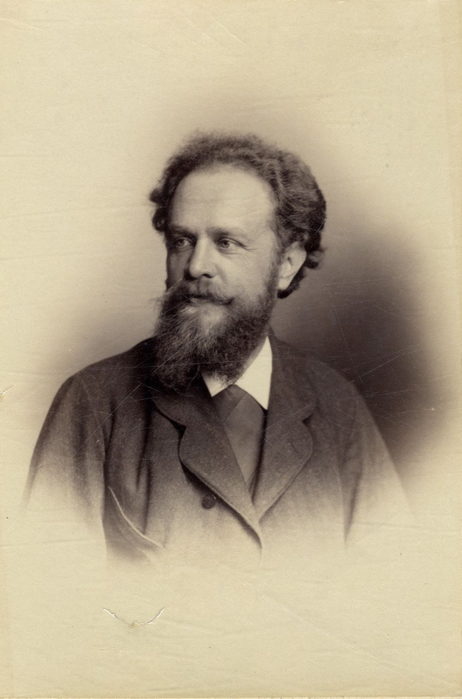
Hermann Baisch was a German painter of the second half of the 19th century. He is known as a landscape painter.
Baisch found inspiration for his landscapes in the neighborhoods around Munich. He often depicted livestock in his paintings, which created a cozy and warm atmosphere. The artist preferred to work en plein air, and his works showed the influence of French Impressionism. His most successful works, in particular, are considered to be "Cows in the pasture", "Morning", "Near Dortrecht at low tide", "On the Dutch Canal".
Baisch was a member of the academies of fine arts in Berlin, Munich and Vienna, as well as a professor at the Art School in Karlsruhe.
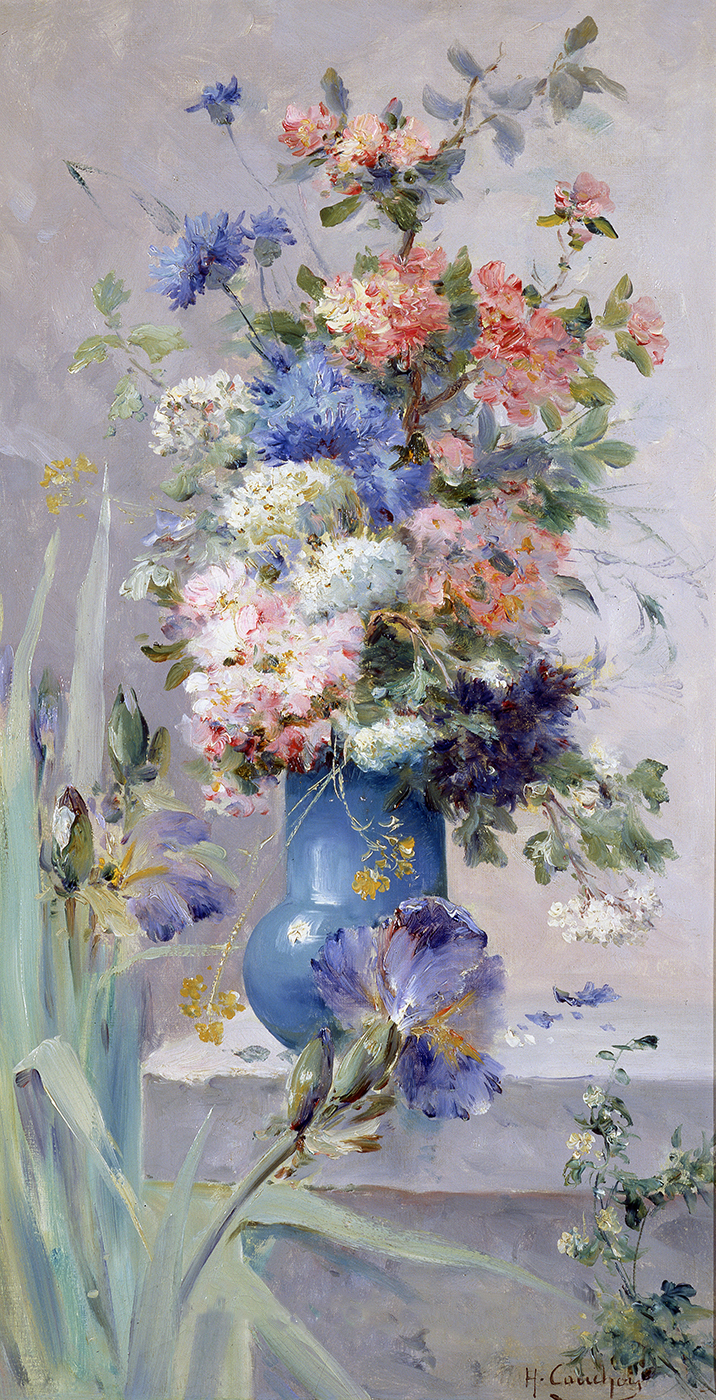
Eugène Henri Cauchois, a prominent French painter. He is celebrated for his enchanting floral still lifes, though he also dabbled in landscapes and seascapes. Eugène Henri Cauchois' journey in art began under the tutelage of master painters Ferdinand Duboc and Alexandre Cabanel. His style was significantly influenced by the Impressionist movement, characterized by soft, colorful, and lustrous compositions.
Eugène Henri Cauchois' technique involved layering paint with loose and fluid brush strokes, a method akin to that of the Impressionists. This approach allowed him to create vibrant canvases that stood out for their naturalism and intense color combinations. His talent was recognized early in his career, leading him to exhibit frequently at the Paris Salon from 1874. He received several accolades, including a Bronze medal in 1898 and 1900, and a Silver medal in 1904.
In the late 19th century, Eugène Henri Cauchois also ventured into large-scale decorative panel painting. His decorative works, just like his still lifes, were noted for their exquisite naturalism and bold color schemes. These works included commissions like the four panels representing the flowers of the four seasons for the École de filles de la 7ème arrondissement in Paris.
Eugène Henri Cauchois' work continues to be admired for its contribution to the tradition of still life and flower painting. His paintings are held in various public collections, such as in the museums of Chatellerault, Rouen, and Louviers. His legacy lives on, not just in the beauty of his art but also in the continued popularity and appreciation of still life as a significant art form.
For collectors and experts in art and antiques, the works of Eugène Henri Cauchois offer a glimpse into the world of French Impressionism and still life painting. His captivating floral compositions and skillful use of color and light make his pieces a prized addition to any collection.
If you are interested in staying informed about sales and auction events related to Eugène Henri Cauchois' art, consider signing up for updates. This subscription ensures that you are always in the know about opportunities to acquire pieces from this master of Impressionist still life.
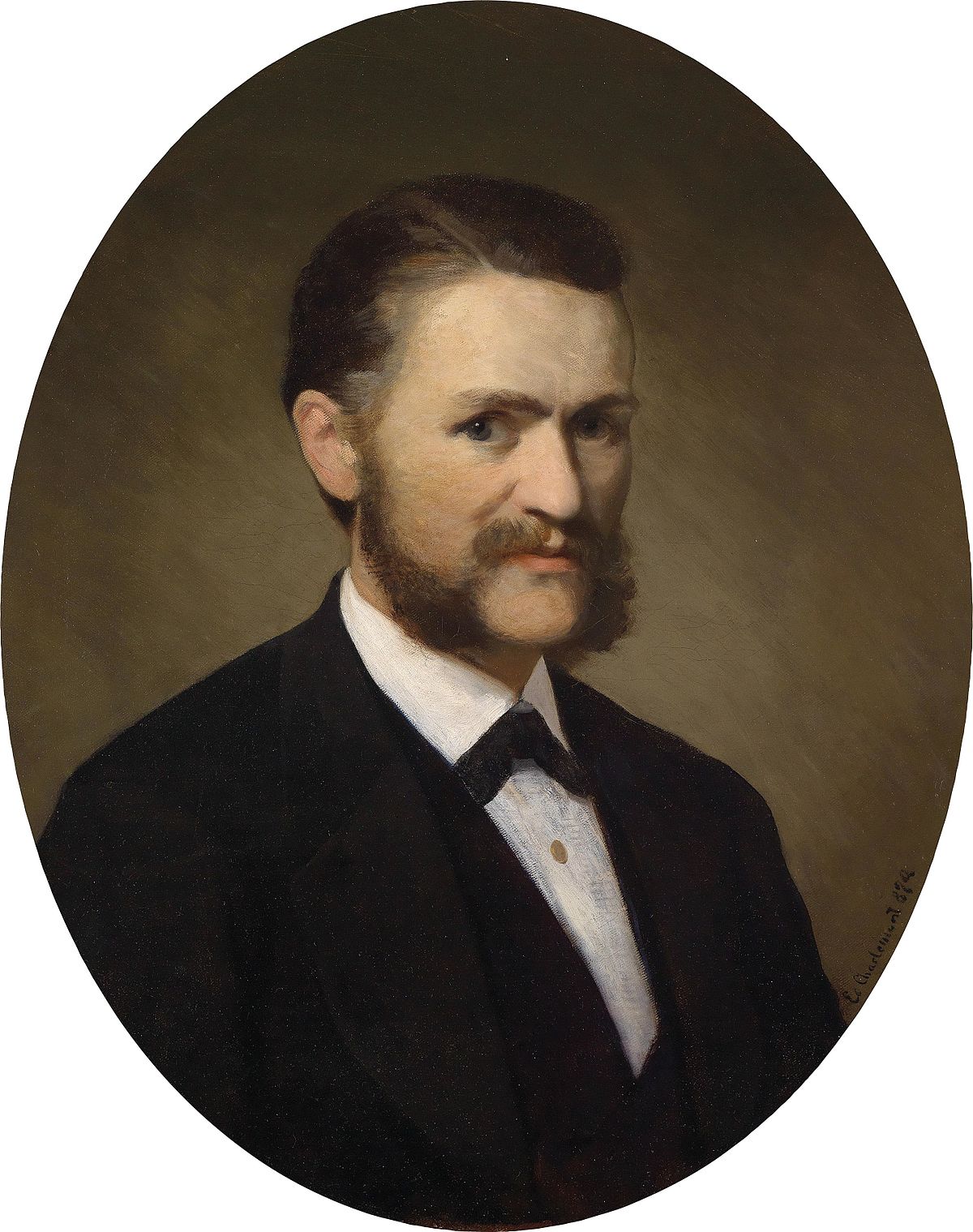
Eduard Charlemont was an Austrian painter.
After graduating from the Academy of Fine Arts Vienna, Charlemont traveled to many countries in central Europe and finally settled in Paris. In 1899 he won the gold medal at the Exposition Universelle, a World's Fair held in Paris.
Charlemont was also known for his murals. He painted three of the murals of the Burgtheater (the Austrian National Theatre in Vienna and one of the most important German language theatres in the world) totaling a length of about 55 meters.

Eduard Charlemont was an Austrian painter.
After graduating from the Academy of Fine Arts Vienna, Charlemont traveled to many countries in central Europe and finally settled in Paris. In 1899 he won the gold medal at the Exposition Universelle, a World's Fair held in Paris.
Charlemont was also known for his murals. He painted three of the murals of the Burgtheater (the Austrian National Theatre in Vienna and one of the most important German language theatres in the world) totaling a length of about 55 meters.
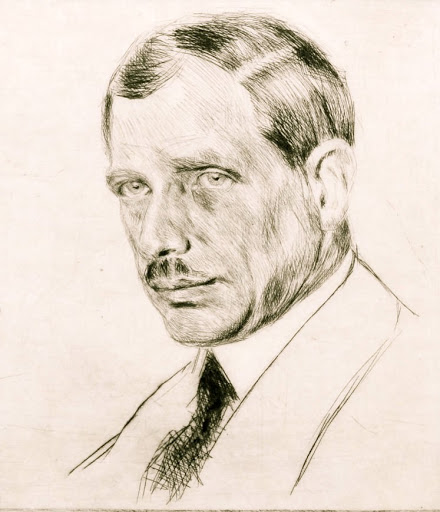
Max Clarenbach was a German painter of the first half of the twentieth century. He is known as a painter, landscape painter, genre painter and teacher and is considered one of the most important representatives of Rhenish painting of his time.
Max Clarenbach made study trips to Italy and Holland early in his career, where he formed his genre preferences and became a landscape painter. His work reflected the influence of the Hague School and the French Barbizonians. The artist skillfully depicted winter scenes and the nature of western Germany. He also painted sports and street scenes.
Clarenbach was one of the organizers of the Düsseldorf Sonderbund and taught at the Düsseldorf Academy of Art.
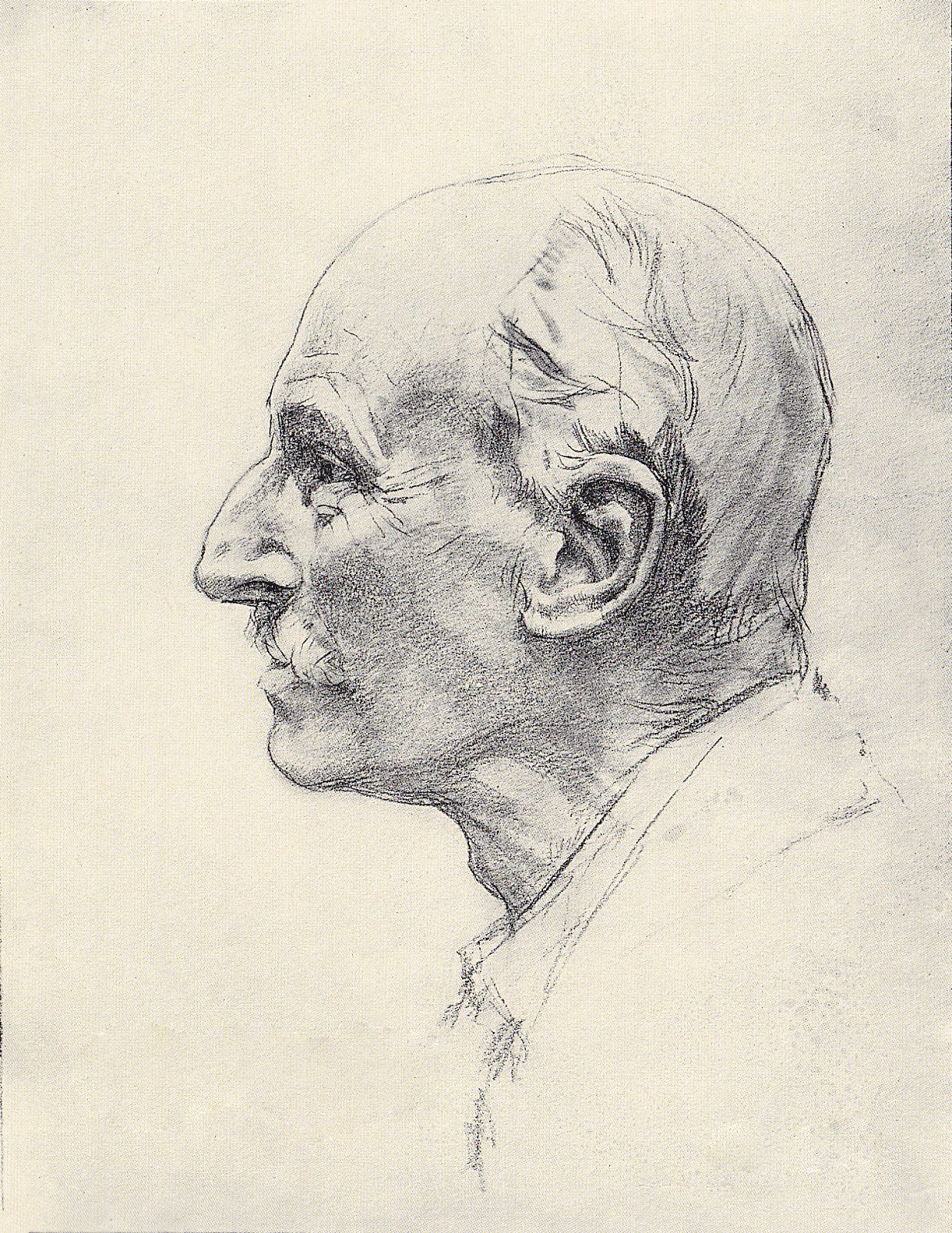
Edward Theodore Compton was an English-born, German artist, illustrator and mountain climber. He is well known for his paintings and drawings of alpine scenery, and as a mountaineer made 300 major ascents including no fewer than 27 first ascents.
